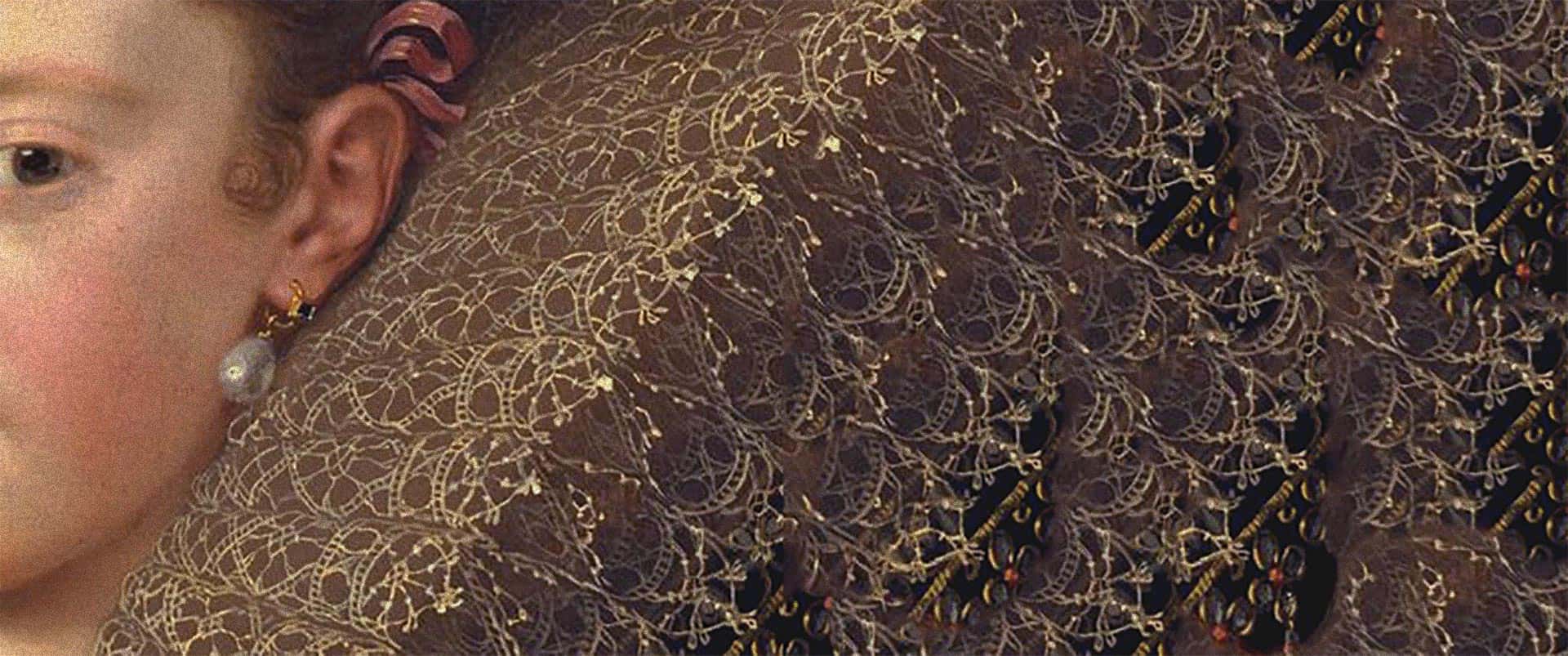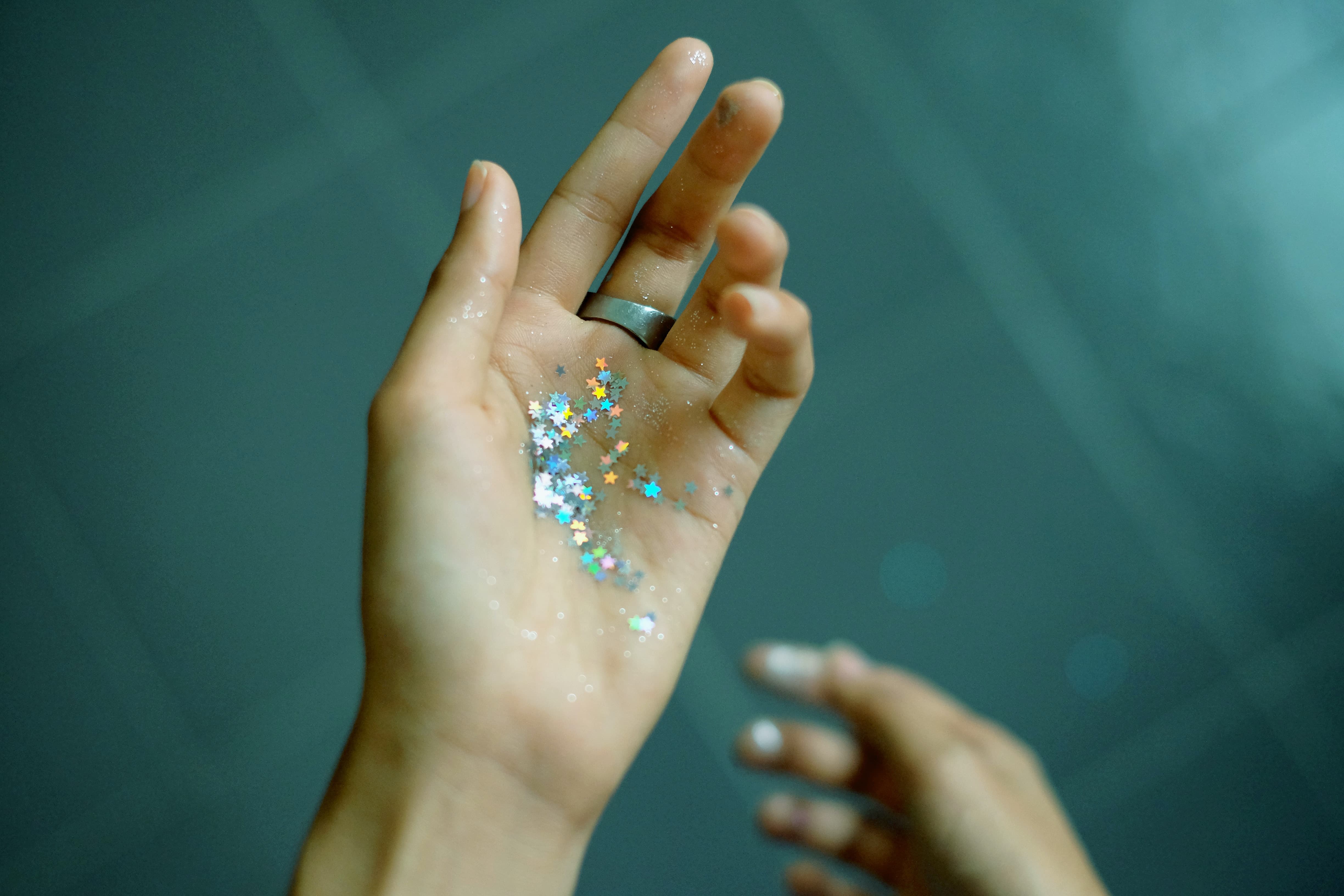Come Visit Us
- Monday 11:00–6:00
- Tuesday 11:00–7:00
- Wednesday 11:00–7:00
- Thursday 11:00–7:00
- Friday 11:00–7:00
- Saturday 10:00–4:00
- Sunday closed

Take our word for it, no one likes a dishonest jeweler more than an honest one. Recently, an article was published stating that a jeweler outside of the US who was known to sell lab-grown and treated diamonds had been charged with selling diamonds that had fake GIA inscriptions.
According to JCKonline, “The inscriptions were linked to GIA grading reports that indicated the accompanying diamonds had higher-quality characteristics than they actually did, '' the publication stated. The accused allegedly “targeted comparatively less-experienced businessmen,” a police inspector told the newspaper.”
But this wasn’t the only recent report of fraudulent certifications. Another Diamond With Fake GIA Inscription Surfaces, this time in Antwerp. According to the article, “During testing, lab graders discovered the diamond had indeed undergone high-pressure, high-temperature (HPHT) treatment even though the GIA grading report that corresponded with the inscription number made no mention of color treatment. Upon detailed microscopic investigation, graders noticed that even though the stone’s carat weight, cut and final clarity grade (VS1) matched the report, the clarity characteristics, while “quite similar,” did not match up exactly.”
If these findings weren’t unsettling enough, these fake certifications tend to happen mostly with lab-grown diamonds. But what does this mean for potential consumers?
These news articles bring to light some important topics relating to the circulation of fake stones, as well as the legitimacy of the jewler you decide to work with, and the overall integrity of lab grown diamonds.
As with most things nowadays, the internet is used in the beginning stages of the sales cycle, meaning, individuals start their research there. There are many online websites that promise you a great deal and premium quality, but it’s important to do your own research.
At La Bijouterie, we encourage clients to do online research of their own, and then come to us with questions in order to talk through the pricing, certification process, and guarantees you found online. You may be surprised at what you learn, which brings us to our next point-- finding a jeweler you can trust.
When it comes to avoiding fake stones, this is where going with a trusted jeweler is imperative. It’s more important than ever to know who you’re working with. But how to find one you ask? We suggest starting with their Yelp and Google reviews.
Some questions to ask yourself as you’re browsing include are the reviews mostly positive, and does it seem like this company has a lot of repeat clients? Next, check out their social media pages… are they active, do they engage with those commenting? Do they promise a no stress appointment and are geared towards educating? If not, it’s probably best to keep looking.
Remember, when it comes to online shopping, less expensive doesn’t always point to a good deal. Make sure you do your due diligence and understand your 4 C’s of diamond buying and come to the initial meeting with questions.
Lastly, when it comes to lab-grown diamonds, here are some things to consider.
Although their chemical structure is the same as a natural diamond, according to the Federal Trade Commission (FTC) a lab-created diamond cannot be called “real” because it does not come from the Earth and it is not a gemstone. (Source)
In trying to differentiate natural diamonds from the lab grown alternative, the Natural Diamond Council quite truthfully underscores natural diamonds' rarity.
“Natural diamonds are finite and rare. Diamonds are becoming rarer every day because no new significant deposits have been discovered in about 30 years,” it states. However, lab-grown diamonds can be manufactured in potentially unlimited quantities similar to any manufactured product, thus they are not finite and cannot be considered rare.”
To which, the NDC adds, “Natural diamonds obtain their value from their scarcity as a natural, billion-year-old precious gem and have shown over decades to grow in value as they become more rare.”
It’s important to consider Price vs Value. When it comes to value, you can’t put a price on rarity. As basic economics states, once demand goes up, and inventory goes down, price goes up. So where does this leave us, as each claims they are better than the other for different reasons? More importantly, how does one ensure they are not getting taken advantage of? In our optionion, it all comes down to trust and transparency.
At La Bijouterie, our sole purpose is to help couples achieve a milestone moment in their lives any way we can. We believe in integrity, only working with distributions we have a personal relationship with, quality over quantity, and educating always. Before pulling the trigger on such an important decision, book a no stress 30 minute 1:1 appointment.
At Your Service,
Set F.
Founder, La Bijouterie

The diamond industry as we know it is about to get flipped upside down...well the man-made diamond industry that is.
In case you missed the latest industry news, diamond power house, and long time advocate for naturally occurring diamonds, De Beers, recently announced their launch of a lab-grown (LG) jewelry line beginning this September, called Lightbox.
The items in their new Lightbox collection will be priced between $300-$1000 dollars and their lab-made diamond will retail for a fraction of their naturally occurring cost. Simply put, they are disrupting the disruptors of the diamond industry, and doing it well.
According to the article,Lightbox has a very simple and low pricing system that takes color, clarity, and make completely out of the equation. Instead, the offering will be all about design. The pricing is straightforward and simple: diamonds go for $200 per quarter-carat, so prices are $400 for a half carat, $600 for a 0.75-carat, and $800 for a one-carat stone.
But before you think this news may have some high end jewelers running for the hills, you might want to think again.
Having such a large company like De Beers become a top player in the man-made or lab-grown diamond industry, and price their jewelry accurately, means that they are actually placing more value into naturally occurring diamonds due to their rarity and timelessness. Lab-made diamonds are just that, lab made. There is nothing special about them other than the fact that they look somewhat similar to a naturally occurring diamond. Sure they make a great gift for a young girl’s elementary school graduation necklace, but to give as an engagement ring or deeply sentimental gift would seem counterintuitive.
“We’ve been telling our customers this all along. If they don’t want to buy an actual diamond, they should look into buying moissanite instead--as any lab-made diamond just isn’t going to hold its value.” - Set F., owner of La Bijouterie and long time diamond trader/jeweler.
But don’t be fooled, although this move is actually good news for many high end jewelers specializing in diamonds, it will be extremely troublesome for business who focus solely on lab-made diamonds, as the prices for Lightbox are extremely competitive.
.jpeg)
According to this Edahn Golan article, “From a marketing perspective, this is devilishly clever. It provides a fashion item at a very reasonable cost. But it does not end there because it certainly turns the LG discussion on its head – no longer is the price of the diamond attached to naturals. According to De Beers CEO Bruce Cleaver, the cost of producing a 0.50-carat LG is double the cost of producing a 0.25-carat stone, “and there is no rarity element to it, right? So the price is double,” he explained.”
“Disconnecting LG prices from naturals, focusing on the design elements and responding to consumer interest in a fun item that is fashionable and disconnected from ethics shifts the discussion.”- EG
And shifting the discussion it has.A man made or lab made diamond is omitting the timelessness and everlasting value a naturally occurring diamond possesses. It takes away the precious scarcity and value that has made today’s diamonds so popular and desired. Although to the naked eye, these so-called diamonds may look similar, they are quite fake and unfortunately do not hold their value. Also, rarely talked about is the fact that these man made “diamonds” actually give off a blue hue.
Just as one cannot compare an original painting to a reproduction, one cannot compare a diamond to a manufactured replica. In order to be called a diamond it must be naturally occurring.
Trends around diamond shape, diamond settings, and gem color may come and go, but the beauty that is of a true diamond is everlasting.
~ LB

Thank you for visiting La Bijouterie...
Don't forget to read our latest Blog entry
or this interesting blog post!